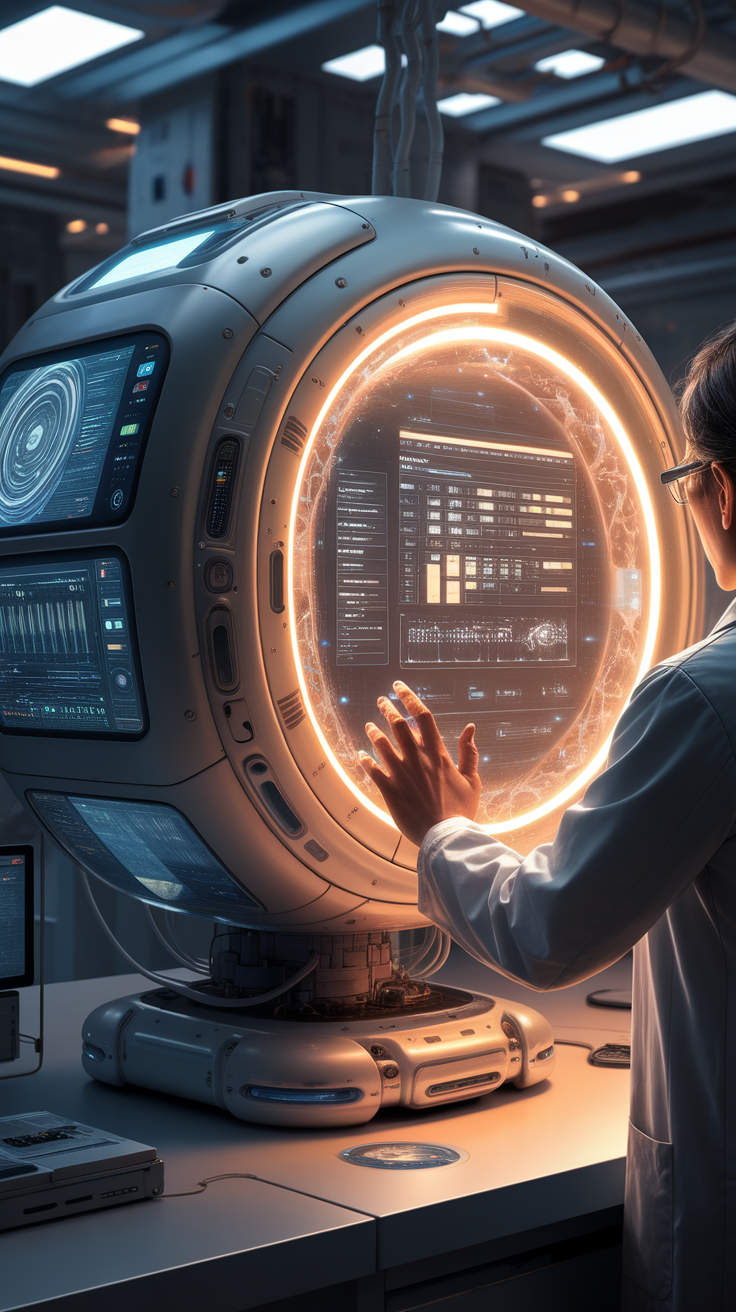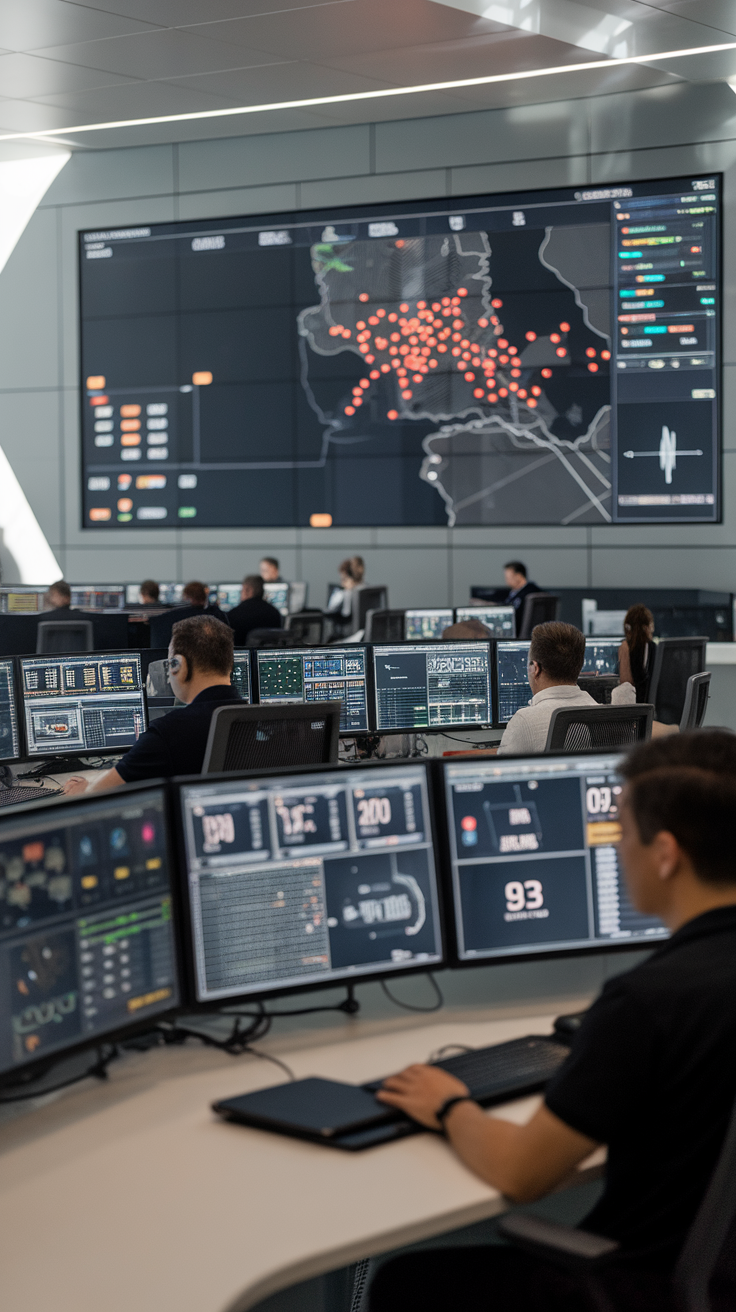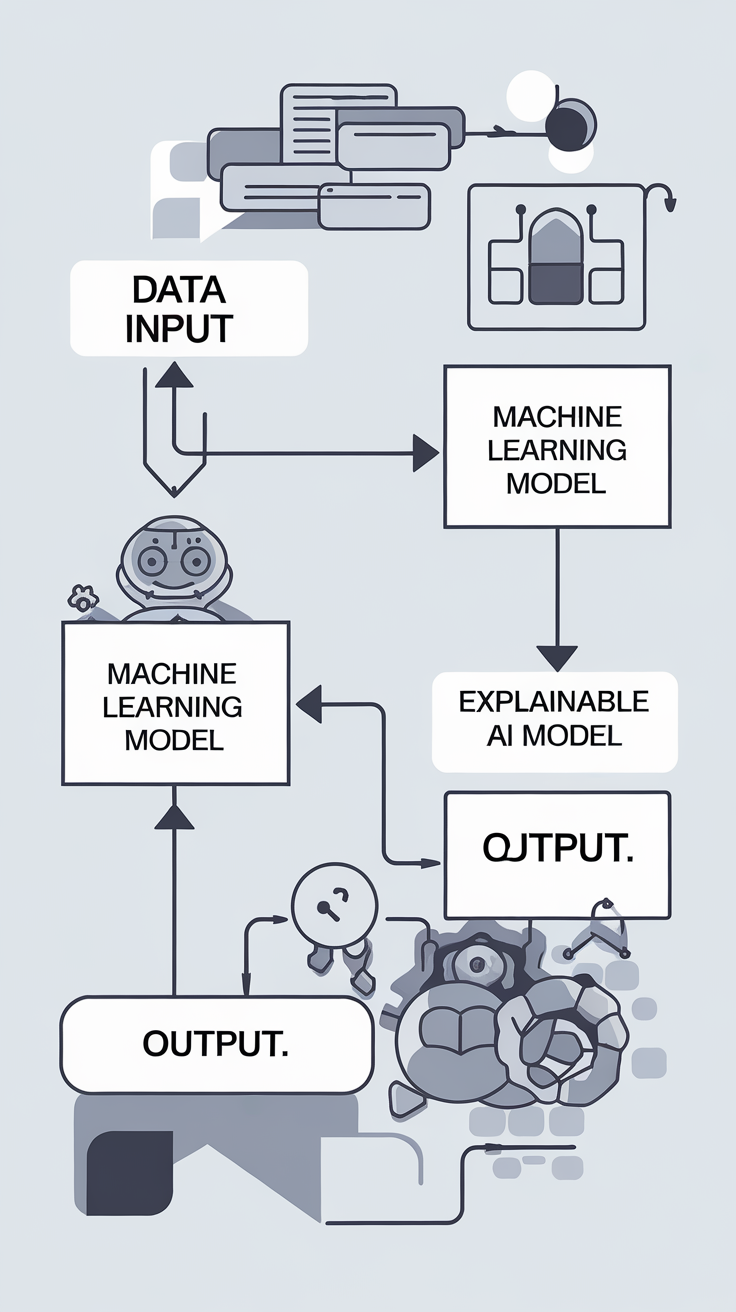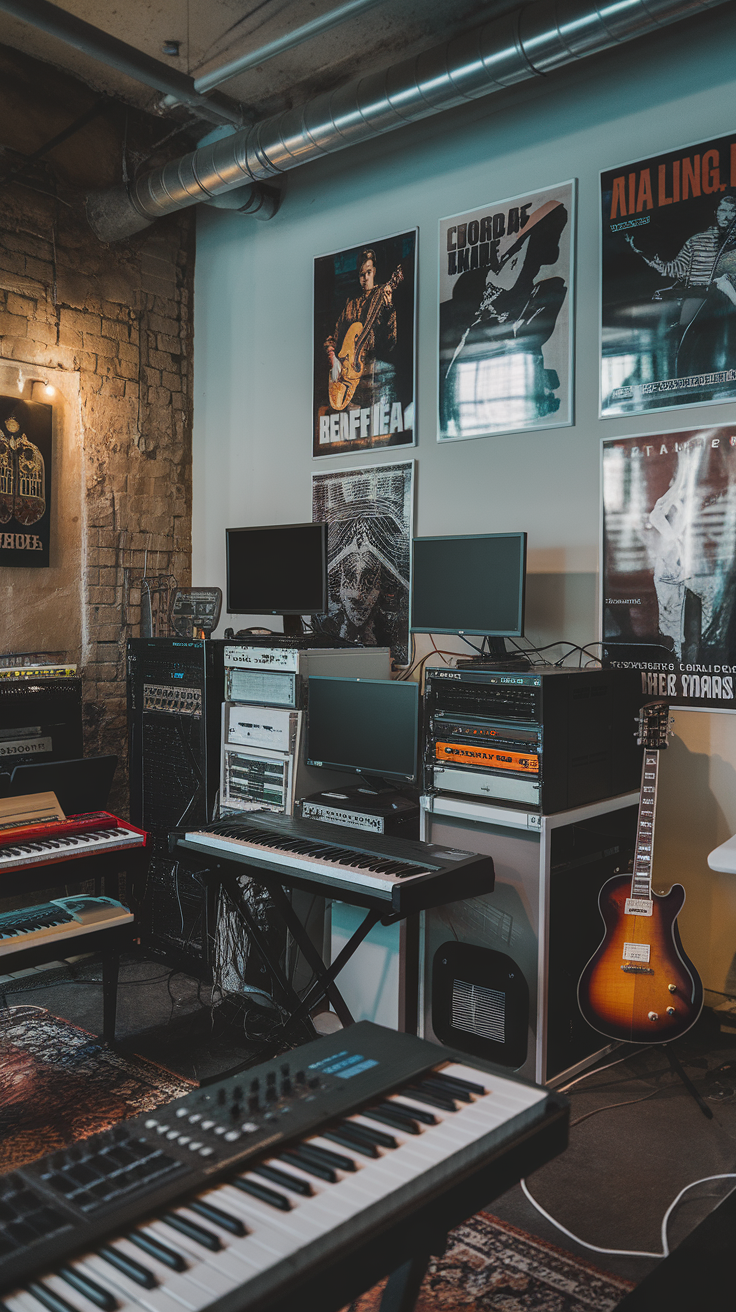AI-Powered Creativity: The Rise of Generative Models in Art and Design
Last Updated: July 21, 2025 at 6:00:33 AM UTC
Generative models are revolutionizing the art and design world by enabling AI-powered creativity, collaboration, and innovation.
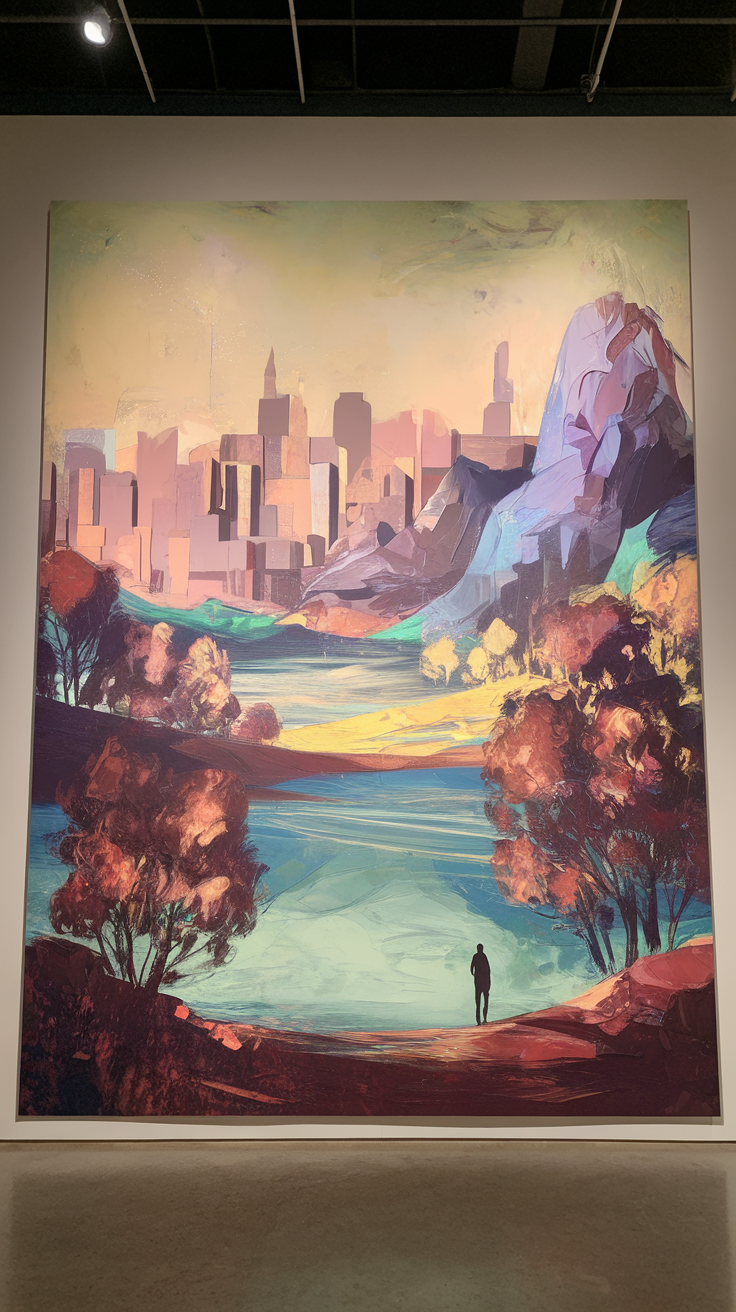
The intersection of art and technology has always fascinated us. With the advent of Artificial Intelligence (AI), the creative possibilities have expanded exponentially. Generative models, in particular, have taken center stage, enabling AI-powered creativity, collaboration, and innovation in the art and design world.
The Evolution of Generative Models
Generative models have come a long way since their inception. Initially, they were used for generating text, images, and music. However, recent advancements have enabled these models to create complex, high-quality, and realistic outputs that rival those of human artists. The possibilities are endless, from generating entire albums to creating stunning visual art.
AI-Powered Creativity in Art
Generative models have transformed the art world, enabling artists to explore new mediums, styles, and techniques. AI-assisted art has become a reality, where human creatives can collaborate with machines to produce unique and innovative pieces. Some notable examples include:
- Neural Style Transfer: This technique enables artists to combine the style of one image with the content of another, creating breathtaking and surreal art.
- Generative Adversarial Networks (GANs): GANs have been used to generate realistic images, videos, and even 3D models that can be used in various applications, from filmmaking to architecture.
- AI-Generated Music: Generative models can create music that is indistinguishable from human compositions, opening up new possibilities for musicians and composers.
The Future of AI-Powered Creativity
As generative models continue to evolve, we can expect to see even more innovative applications in the art and design world. Some potential future developments include:
- Collaborative Creativity: AI-powered tools will enable humans and machines to collaborate on creative projects, leading to new forms of artistic expression.
- AI-Generated Storytelling: Generative models can create compelling narratives, characters, and dialogue, revolutionizing the world of storytelling.
- Artistic Hybridity: AI-powered art will blend seamlessly with traditional mediums, leading to a new era of artistic expression.
Conclusion/Key Takeaways
The rise of generative models has ushered in a new era of AI-powered creativity, collaboration, and innovation in the art and design world. As these models continue to evolve, we can expect to see even more groundbreaking applications that push the boundaries of human imagination. The future of art and design is bright, and AI is leading the way.

